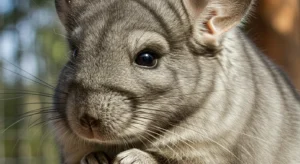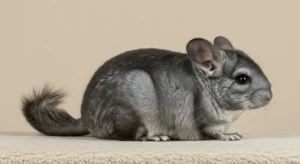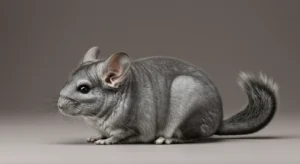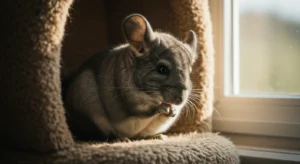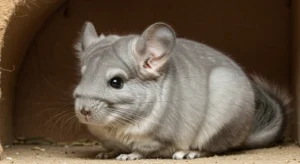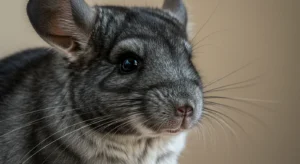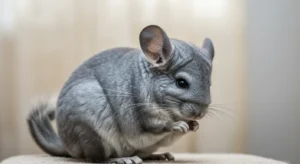Chinchilla Grooming Beyond the Dust Bath
The dust bath is the cornerstone of chinchilla grooming, essential for maintaining their unique, dense fur. However, while chinchillas are remarkably clean animals largely thanks to their dust bathing ritual, occasional grooming assistance beyond the bath might be necessary. Understanding these supplemental grooming needs helps keep your chinchilla comfortable and allows you to monitor for potential health issues.
Dust Bath: The Primary Method
It’s impossible to discuss chinchilla grooming without reiterating the vital role of the dust bath. Offered 2-4 times per week for 10-15 minutes using chinchilla-specific dust, this process:
- Removes excess oils and moisture.
- Keeps fur clean, fluffy, and free of mats.
- Helps prevent skin infections.
This is their natural and most effective way of staying clean. Ensure you’re following the best practices for chinchilla dust bathing for optimal results.
Beyond the Dust Bath: Other Grooming Aspects
While dust baths handle the bulk of the work, here are other grooming considerations:
Spot Cleaning Fur
Occasionally, a chinchilla might get something specific stuck in its fur or soil its rear end (especially if experiencing mild digestive upset). Water baths are dangerous, so spot cleaning is the approach.
- Method: Use a slightly damp (well wrung-out) cloth or an unscented, pet-safe wipe to gently dab at the soiled area. Avoid soaking the fur.
- Drying: Ensure the area dries quickly. You can gently towel dry or use a hairdryer on the *coolest* setting, held far away, for a very short time, being extremely careful not to overheat or frighten the chinchilla.
- Frequency: Only as needed. Healthy chinchillas usually keep themselves very clean with dust baths.
Ear Cleaning (If Necessary)
Healthy chinchilla ears typically don’t require cleaning. However, you should check them periodically for wax buildup, debris, or signs of infection (redness, discharge, odor).
- Method: If minor cleaning is needed, use a soft cotton ball or pad slightly dampened with a vet-approved ear cleaner for pets (or just plain water). Gently wipe the *outer* part of the ear flap (pinna). Never insert anything (like cotton swabs) into the ear canal.
- Frequency: Only if visible debris or wax is present on the outer ear. If you suspect an ear infection, see a vet immediately.
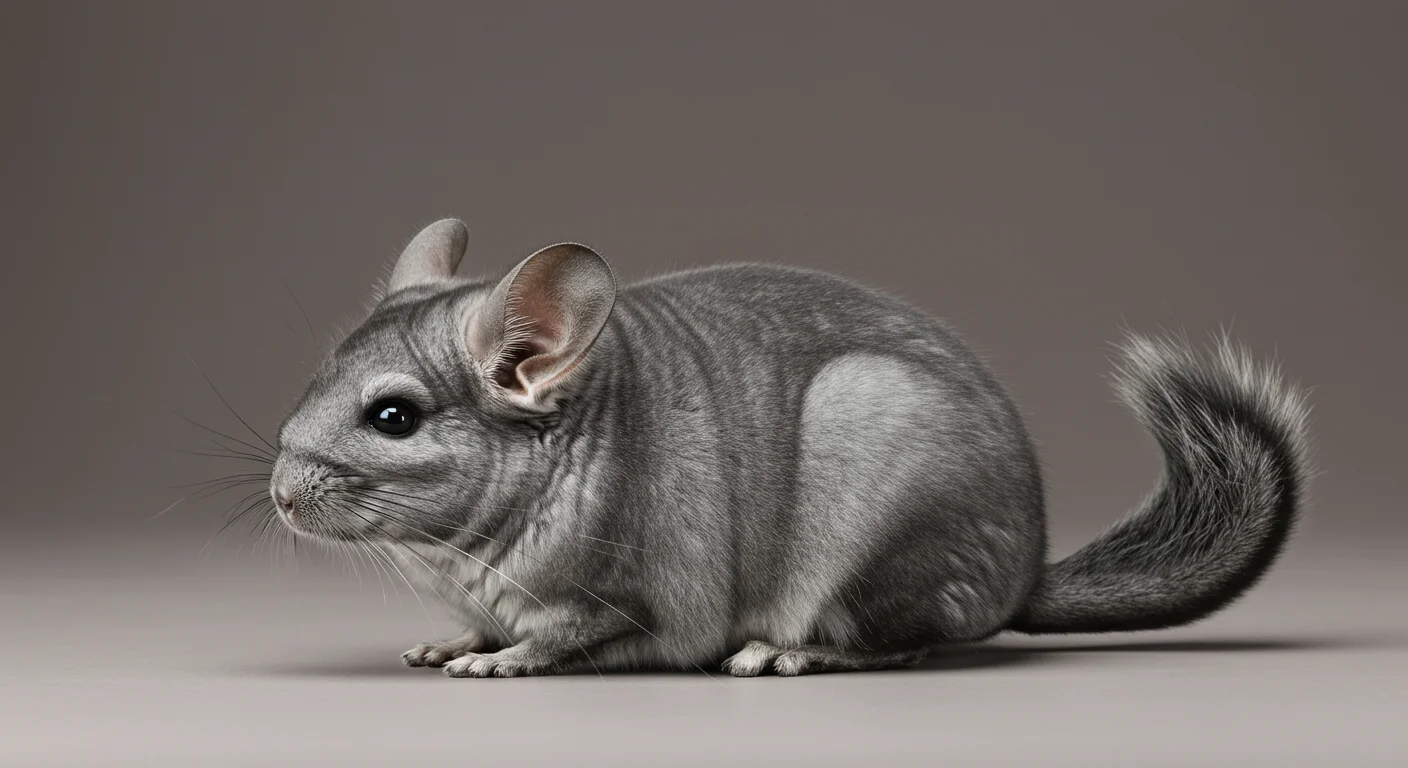
Nail Trimming (Rarely Needed)
Most chinchillas wear down their nails naturally through activity on ledges and toys within their cage. Trimming is usually not necessary and can be stressful.
- When Needed: Only if nails become excessively long, start to curl under, or get snagged frequently.
- Method: This is best done by an experienced exotic vet or groomer, as cutting the quick (the blood vessel in the nail) can cause pain and bleeding. If attempting at home (use extreme caution), use small animal nail clippers, identify the quick (pink part), and trim only the very tip of the clear part. Have styptic powder ready in case of bleeding. This often requires two people – one to hold the chinchilla securely but gently.
- Prevention: Providing rough surfaces like pumice ledges (Lava Ledge) or granite slabs often eliminates the need for nail trims. This aligns with natural chinchilla enrichment strategies.
Checking Teeth (Visual)
While not ‘grooming’ in the traditional sense, regularly checking the visible front teeth (incisors) is part of health monitoring.
- What to Look For: Incisors should be dark orange/yellow, relatively even in length, and not overgrown or crooked. Pale or white teeth can indicate a health issue.
- How: Gently lift the lip while the chinchilla is calm. Do not force it.
- Frequency: Weekly or bi-weekly visual check. Malocclusion (misalignment/overgrowth) often affects the back teeth (molars) first, which requires a vet check.
Monitoring Overall Coat Condition
Regularly observe your chinchilla’s fur for:
- Even density and fluffiness
- Absence of mats or bald patches
- Signs of parasites (rare, but possible)
- Signs of fur chewing or barbering (stress/boredom indicator)

When NOT to Bathe (Water!)
Never bathe a chinchilla in water unless explicitly directed by an exotic veterinarian for a specific medical reason. Their dense fur traps moisture, takes extremely long to dry, and can lead to chilling, hypothermia, or fungal skin infections. Dust baths are their only safe bathing method.
Routine grooming for a chinchilla primarily involves facilitating their natural dust bathing behavior. Supplemental grooming like spot cleaning or ear checks should be done minimally and only when necessary. Regular observation during handling and playtime is key to catching any potential issues early.
